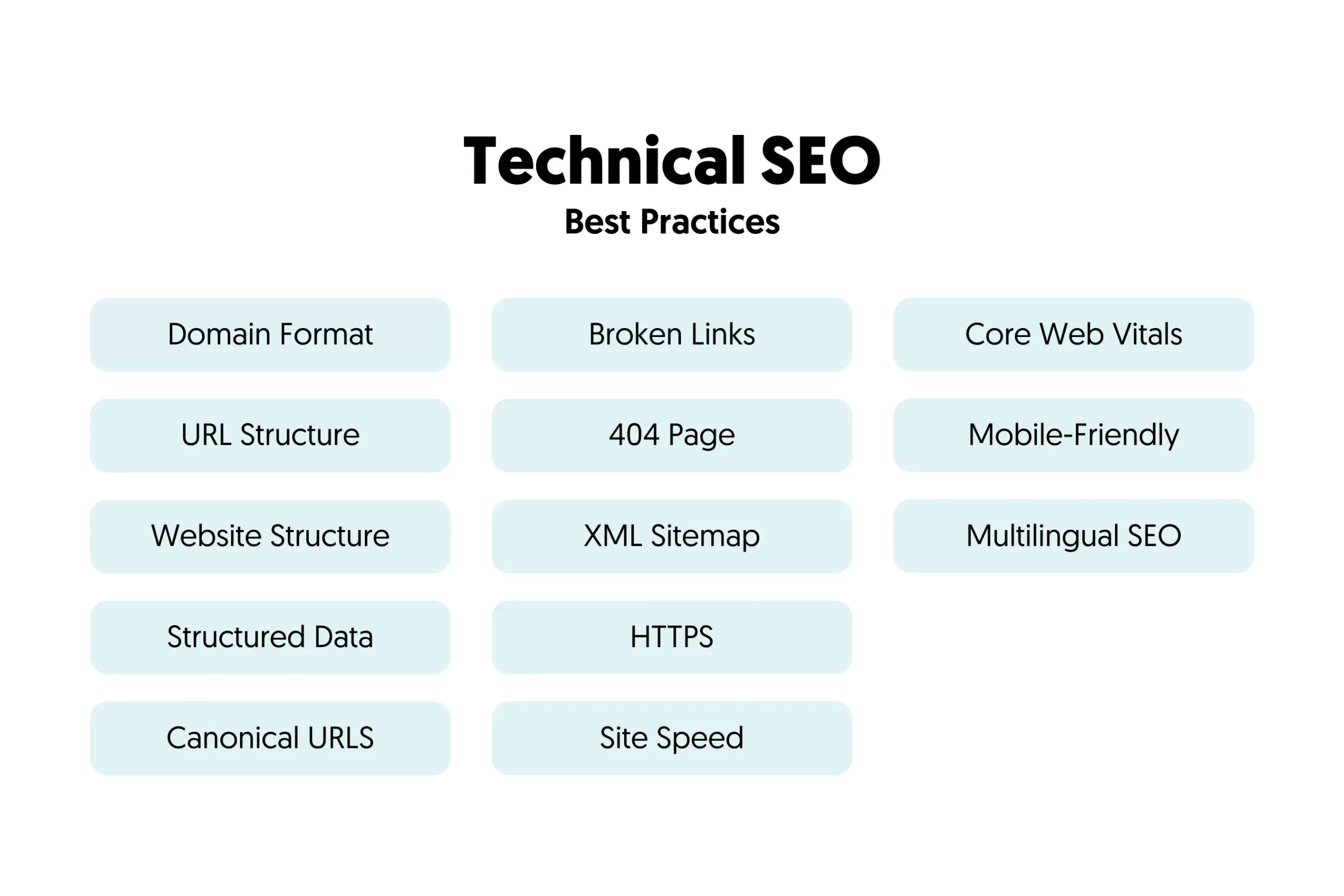
Google stands as the undisputed titan, its algorithms dictating the visibility and prominence of websites in the vast expanse of the internet. Among the intricate mechanisms that power Google's search engineprowess lies the Fireblade Google Ranking Formulaalgorithm, a mysterious entity shrouded in secrecy, yet wielding immense influence over a website's fate in the digital landscape.
At its core, the Fireblade algorithm seeks to identify and prioritize websites that provide exceptional user experiences, offering valuable, relevant, and trustworthy content. It delves beyond traditional SEOmetrics such as keyword density and backlink profiles, delving into the intricacies of user engagement, content freshness, and overall website architecture.
Unveiling The Google Ranking Algorithm
Fireblade, also known as "RankBrain," is an intricate component of Google's search algorithm, introduced in 2015. It utilizes machine learning techniques to analyze vast amounts of user data and search patterns, enabling it to deliver more relevant and accurate search results. Unlike traditional ranking algorithms that rely on keyword matching, Fireblade delves into the user's intent behind their search queries, providing a more nuanced understanding of their search goals.
Fireblade's ability to grasp user intentis crucial in today's complex search landscape, where queries often go beyond simple keyword phrases. By understanding the context and purpose of a search, Fireblade can identify relevant results that may not contain the exact keywords but align with the user's underlying intent.
In essence, Fireblade serves as a sophisticated learning system, continuously adapting to the evolving nature of user search behavior. It analyzes user interactions, such as click-through rates, dwell time, and bounce rates, to refine its understanding of which results are most relevant and engaging for different types of queries. This iterative process allows Fireblade to improve its performance over time, ensuring that Google's search results remain accurate and aligned with the ever-changing needs of its users.
Fireblade's introduction marked a significant shift in Google's search algorithm, moving beyond keyword-based matching to a more sophisticated understanding of user intent. It has played a pivotal role in enhancing the relevance and accuracy of Google's search results, solidifying its position as the world's leading search engine.
Core Components Of Fireblade - Identifying Key Ranking Factors
Fireblade, a powerful SEOtool, utilizes a sophisticated algorithm to evaluate website performance and determine rankings. Understanding the core components of Fireblade's ranking system can empower website owners and SEOprofessionals to optimize their content and strategies for better search engine visibility.
1. User Intent And Search Queries
Fireblade analyzes user intent and search queries to ensure that websites align with what users are seeking. Matching user intent leads to better search results and higher rankings.
2. Mobile Optimization
With the increasing prevalence of mobile internet usage, Fireblade prioritizes websites that are optimized for mobile devices, providing a seamless user experienceacross all platforms.
3. Local SEO Factors
For businesses with a physical location, local SEO factors, such as NAP (Name, Address, Phone number) consistency, local citations, and Google My Businessoptimization, play a crucial role in rankings. Fireblade evaluates these factors to ensure local visibility.
4. Freshness And Updates
Regularly updating website content with fresh, relevant information demonstrates to search engines that the website is actively maintained and provides valuable information to users.
5. Domain Authority And Page Authority
Fireblade considers domain authority, a measure of a website's overall reputation, and page authority, a measure of a specific page's authority, as important ranking factors.
6. User Engagement Metrics
Fireblade considers various user engagement metrics, such as time spent on page, bounce rate, and social mediainteractions, to assess the overall user experience. Websites that engage users effectively are more likely to rank higher in search results.
7. Backlink Profile
Backlinks, links from other websites to a target website, serve as a strong indicator of authority and credibility. Fireblade evaluates the quality and relevance of backlinks to determine their impact on a website's ranking.
8. Technical SEO
The technical aspects of a website, such as page loading speed, mobile-friendliness, and URL structure, significantly impact its ranking potential. Fireblade assesses these technical factors to ensure that websites are optimized for search engines and provide a positive user experience.
9. Content Quality And Depth
Fireblade places a high value on the quality and depth of website content. Websites with informative, well-structured, and engaging content are more likely to attract backlinks, social media shares, and user engagement, all of which contribute to higher rankings.
10. Keyword Relevance
The relevance of keywords to the content of a website is a crucial factor in Fireblade's ranking algorithm. Websites that effectively incorporate relevant keywords throughout their content, including page titles, meta descriptions, and body text, are more likely to rank higher in search engine results pages (SERPs).
By understanding and optimizing for these core components of Fireblade's ranking algorithm, website owners and SEO professionals can effectively enhance their website's visibility and achieve better search engine results.
Creating High-Quality - Engaging Content
Content optimizationfor Fireblade involves crafting high-quality, engaging content that aligns with the target audience's interests and search intent. It encompasses a range of strategies to enhance the relevance, value, and visibility of content, ultimately driving organic traffic, conversions, and brand recognition.
1. Content Refresh And Updates
Regularly update and refresh existing content to maintain its relevance and accuracy, incorporating new information and trends. Repurpose content into different formats, such as infographics, videos, or short-form content, to cater to diverse audience preferences.
2. Content Analysis And Performance Tracking
Regularly analyze content performance using analytics tools to identify top-performing content, understand audience engagement, and refine content strategies. Track key metrics such as organic traffic, page views, time on page, and conversion rates.
3. Content Promotion And Outreach
Utilize various promotional channels to drive traffic to content, including social media marketing, email newsletters, and influencer outreach. Engage with the audience by responding to comments, participating in relevant online communities, and encouraging social sharing.
4. Internal Linking And Content Strategy
Implement a strategic internal linking strategy to connect related content, enhancing user navigation and spreading link authority throughout the website. Develop a content calendar to plan, schedule, and promote content consistently.
5. Visual Appeal And Multimedia Integration
Enhance content with visually appealing images, infographics, and videos to break up text, increase engagement, and improve comprehension. Optimize images with appropriate file sizes and alt text for accessibility and search engine visibility.
6. Content Structure And Optimization
Structure content using clear headings, subheadings, and bullet points to enhance readability and search engine crawlability. Optimize title tags, meta descriptions, and alt text with relevant keywords to improve search engine rankings.
7. Content Creation And Curation
Create original, informative, and well-structured content that addresses the audience's needs and interests. Curate high-quality external content that complements the original content and provides additional value.
8. Keyword Research And Targeting
Identify relevant keywords that accurately reflect the content's topic and align with the target audience's search queries. Utilize keyword research tools to determine search volume, competition, and related keywords.
Technical SEO For Fireblade
Technical SEOfor Fireblade is a crucial aspect of ensuring website visibility and organic search rankings. It involves optimizing the website's technical foundation to enhance its crawlability, indexability, and overall search engine friendliness.
- Crawl BudgetOptimization -Monitor website crawl activity and identify any crawl bottlenecks that may hinder search engine coverage. Optimize website performance and reduce crawl demand to ensure search engines can effectively crawl and index all important content.
- Internal Linking -Create a strong internal linking structure to connect relevant pages within the website. This helps distribute link equity, improves user navigation, and guides search engines to important content.
- Error Handling -Implement proper error handling mechanisms to inform search engines of any errors they encounter while crawling the website. Use server-level error codes and redirect pages to guide search engines appropriately.
- Page Loading Speed -Optimize page loading speed to enhance user experience and search engine rankings. Use techniques such as minifying code, optimizing images, and leveraging caching mechanisms to improve page load times.
- Robots.txt File -Utilize the robots.txt file to guide search engine crawlers, instructing them on which pages or directories to crawl or avoid. This helps prevent crawling of irrelevant or sensitive content.
- Canonical URLs -Implement canonical URLs to indicate the preferred version of a webpage when multiple versions exist. This prevents duplicate content issues and ensures search engines consolidate their indexing efforts on the most relevant version.
- Mobile-First Indexing -Ensure the website is optimized for mobile devices, as Google prioritizes mobile-friendly websites in search results. Use responsive design, optimize page loading speed, and ensure proper mobile-specific elements.
- URL Structure and Consistency - Implement a consistent and logical URL structure that reflects the website's hierarchyand content organization. Avoid excessive URL parameters, subdomains, and dynamic URLs that can confuse search engines.
- XML Sitemaps- Create and submit XML sitemaps to search engines, providing a clear roadmap of all website pages and their relationships. Regularly update sitemaps to inform search engines of new or updated content, ensuring efficient crawling and indexing.
- Structured Data Markup -Implement structured data markup to provide search engines with rich information about the website's content and structure. This markup, using schema.org or JSON-LD, enhances search engine understanding, leading to improved search results and featured snippets.
Backlink Strategies For Fireblade
Establishing a robust backlink profile is crucial for Fireblade's website to enhance its search engine rankings, drive organic traffic, and boost overall website authority. Here's a comprehensive guide to crafting effective backlink strategies for Fireblade:
1. Continuous Backlink Building -Backlink building is an ongoing process, not a one-time effort. Continuously seek new opportunities to earn high-quality backlinks from reputable sources to maintain your website's search engine rankings and visibility.
2. Disavow Low-Quality Backlinks -Disavow any low-quality or spammy backlinks that could potentially harm your website's reputation. This proactive approach helps maintain the integrity of your backlink profile.
3. Monitor and Analyze Backlinks -Regularly monitor your backlink profile using backlink monitoring tools. Analyze the quality, relevance, and authority of your backlinks to identify areas for improvement.
4. Strategic Partnerships and Link Exchanges -Identify complementary websites with a similar target audience and consider forming strategic partnerships. Link exchanges can be mutually beneficial, allowing both websites to expand their backlink profiles.
5. Guest Blogging and Collaborative Content - Collaborate with other bloggers and website owners to create joint content or guest posts. This strategy allows you to leverage their audience and gain valuable backlinks to your website.
6. Infographic and Visual Content Backlinks -Create compelling infographics, videos, or other visual content that complements your written content. Proactively share this visual content on social media and image-sharing platforms, encouraging other websites to embed and link back to your original source.
7. Resource Page Backlinks - Research and identify resource pages on high-authority websites that align with your industry or topic expertise. Reach out to the website owners and offer to include your website as a valuable resource, earning a backlink in the process.
8. Broken Link Building-Identify broken links on reputable websites within your industry. Contact the website owners and offer to replace their broken links with relevant and high-quality content from your website.
9. Industry Link Building -Actively participate in industry-specific online communities, forums, and social media groups. Build relationships with influencersand thought leaders in your niche, seeking opportunities to contribute valuable insights and earn backlinks to your website.
10. Content Creationand Outreach -Develop high-quality, informative, and engaging content that resonates with your target audience. Promote this content through outreach to relevant websites, blogs, and industry publications, seeking opportunities for guest blogging, article contributions, and backlink placements.
Enhancing User Experience For Better Rankings
Digital marketing, user engagement stands as a pivotal factor determining website success and search engine rankings. Fireblade, a cutting-edge SEO tool, empowers businesses to harness the power of user engagement, transforming their websites into hubs of captivating content and interactive experiences.
Fireblade's user engagement strategies revolve around understanding user intent, crafting compelling content, and optimizing website design for seamless navigation and interaction. By delving into user behavior patterns and preferences, Fireblade identifies areas for improvement, ensuring that website content resonates with target audiences and drives engagement.
Through its comprehensive suite of features, Fireblade empowers businesses to create personalized experiences that cater to individual user needs. Tailored content recommendations, dynamic content blocks, and interactive elements transform websites into engaging destinations, fostering longer browsing sessions and increased page views.
Fireblade's emphasis on user engagement extends beyond content creation, encompassing website design and navigation. By optimizing website layout, streamlining navigation pathways, and reducing page load times, Fireblade ensures a frictionless user experience, minimizing bounce rates and encouraging exploration.
The impact of Fireblade's user engagement strategies extends to search engine rankings. As user dwell time increases, bounce rates decrease, and pages per session multiply, search engines recognize the website's value to its users. This positive user engagement signals to search engines that the website is providing relevant and valuable content, boosting its ranking in search results.
Fireblade's focus on user engagement empowers businesses to create websites that not only captivate visitors but also align with search engine algorithms. By prioritizing user experience, Fireblade drives website traffic, enhances user engagement, and ultimately elevates search engine rankings, propelling businesses to the forefront of the digital landscape.
FAQ's About Fireblade Google Ranking Formula
Is There A Secret "Fireblade" Formula?
While Google's internal algorithms have code names, the specifics remain confidential. Focusing on optimizing for user experience and quality content is more helpful than chasing rumors of specific formulas.
Can Local SEO Help My Business Rank Higher?
Optimizing for local search with relevant keywords and NAP (Name, Address, Phone number) consistency can improve visibility for nearby potential customers.
Are Backlinks A Ranking Factor?
Backlinks: Links from other websites to your website. They act like votes of confidence. The more high-quality backlinks you have, the higher your website will rank. Technical SEO: The technical aspects of your website, such as its website speed, mobile-friendliness, and crawlability.
Conclusion
The Fireblade Google RankingFormula, a comprehensive and sophisticated algorithm, stands as the cornerstone of Google's search engine results page (SERP) rankings. This intricate formula, meticulously crafted by Google's search engineers, takes into account a multitude of factors to determine the relevance and authority of websites, ultimately influencing their position in search results.Fireblade formula prioritizes content that is both relevant and authoritative.
To assess relevance, the formula considers factors such as keyword usage, topical relevance, and user engagement metrics. Authority, on the other hand, is determined by evaluating factors such as backlink profiles, domain authority, and website reputation.The Fireblade formula goes beyond mere keyword matching, delving into the nuances of natural language processing and semantic understanding. It can decipher the intent behind a user's search query, identifying the underlying concepts and relationships between words.
See Also: 11 Different Ways To Get Organic Page 1 Google Rankings

